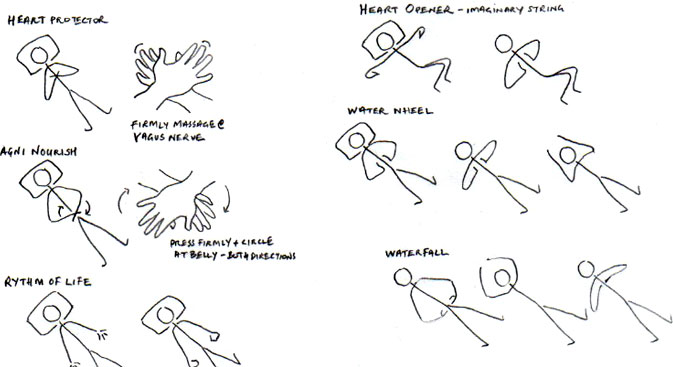A Qi Gong Practice
In Chinese medicine it is believed that all pain and disease is caused from blocked, trapped and stagnant energy.
We also see this reinforced in western medical practices, especially when we experience, blocked or damaged arteries, and blood clots, all of which can lead to circulatory issues, and a myriad of other ailments.
The definition of the word dis-ease means the lack of ease or flow. So, when Qi flows smoothly together we experience vibrant health. These exercises are designed to promote Qi flow thru the body. Qi is life-force energy that determines the state of your energy and wellbeing.
These exercises will strengthen and detoxify every cell in your body. The practice also serve as an entry to discover who we are beyond our physical nature and our stories. We practice and learn to release and let go, reducing stress and pain, and as we progress we discover new layers to release.
Keep practicing. Practicing is the key to releasing and transforming old negative patterns, and practicing enables us to sense how alive we are, and how integrated we are with the world around us.
You'll see that a lot of our practice focuses on the spine. In Yoga we believe youth is in the spine and a healthy spine not only relates to our flexibility but to the health of our nervous system, our organs and to the body communication system. A healthy spine is essential to our overall health and wellbeing. So, thru the practice try directing your breath to each area of the back, lower, middle and upper. Where we set our intention the breath follows.
These exercises also focus on opening all of your joints, so that new energy can penetrate deep inside your body. The more deeply energy flows through the body, the more the mind relaxes.
Please note: When we practice anything new or different, it's natural to feel sore and tired and in need of more rest. Keep practicing and you will begin to gain more energy.
Download — A Reclined Practice (on your back)
Download Page 1 — A Standing Practice
Download Page 2 — A Standing Practice
By John Johnson, (C-IAYT)











